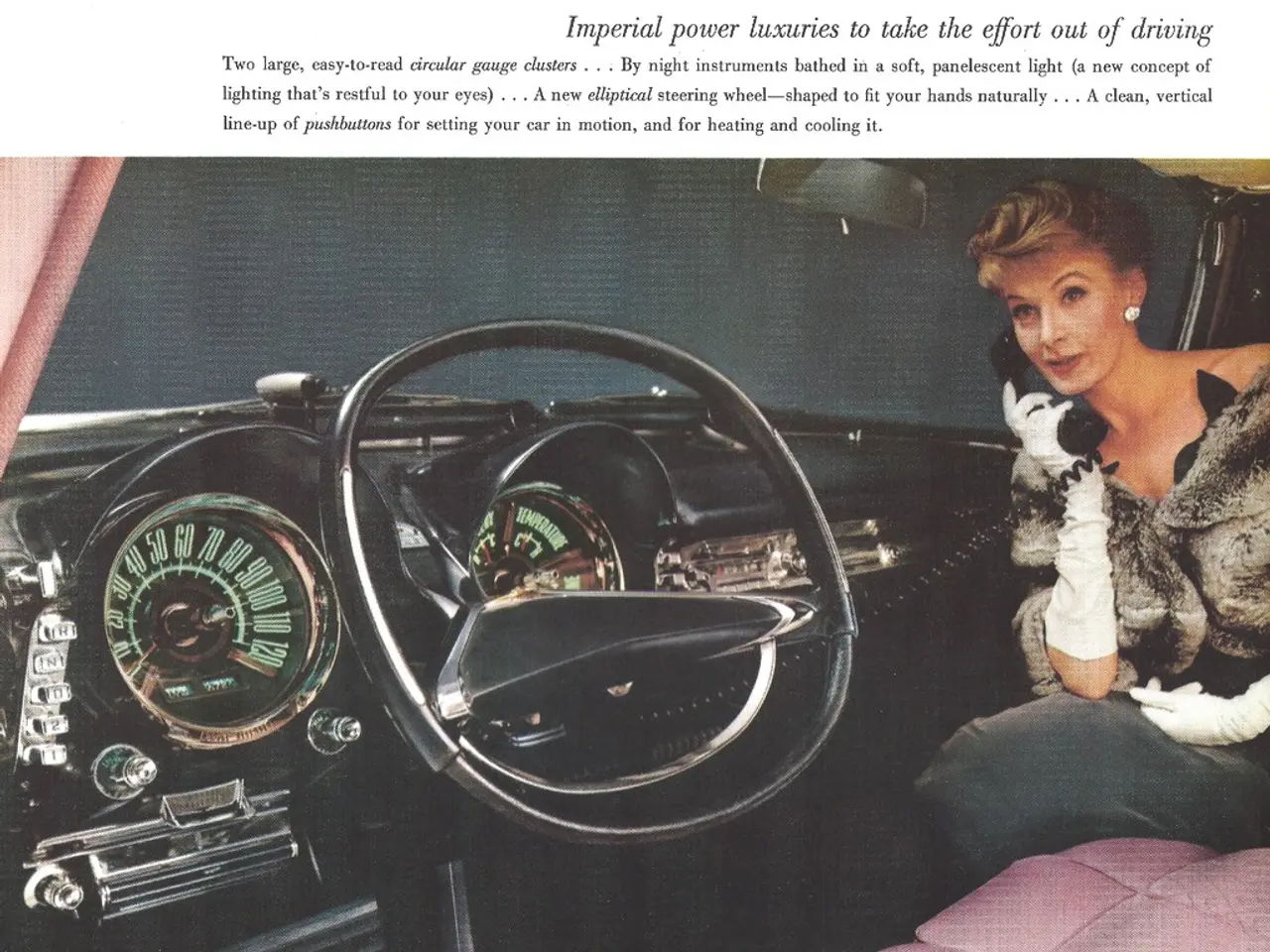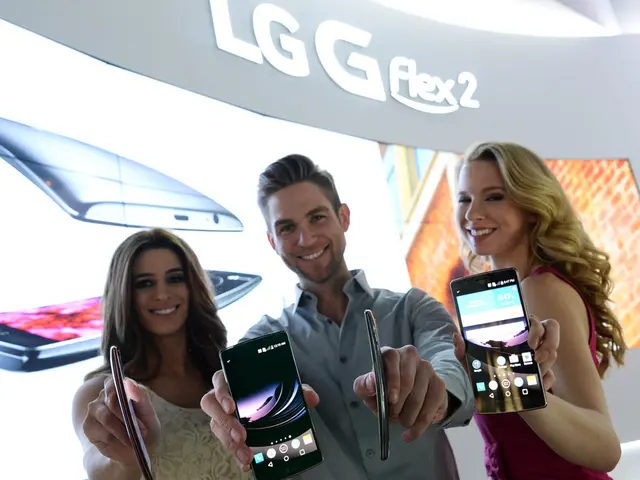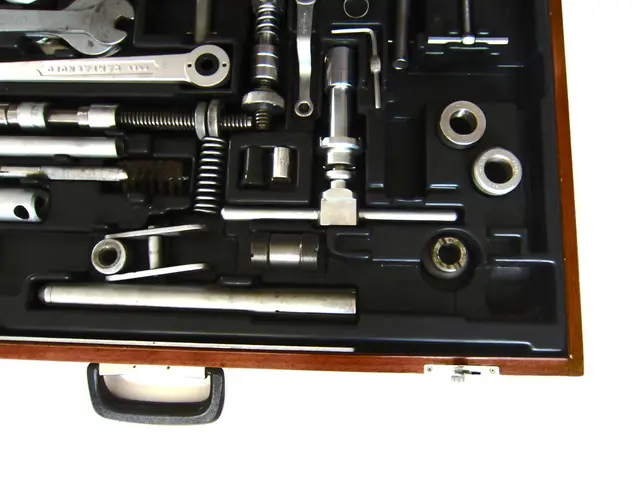HD Radio's Future Uncertain Amid Interference Issues and Poor Listener Experience
HD Radio, once lauded as the next big thing in broadcasting, is grappling with significant hurdles. Users report interference issues and subpar listening experiences, while the technology's compatibility with existing receivers is limited. Despite its potential, HD Radio's future remains uncertain.
HD Radio's interference problems stem from the need to keep the digital signal level at -10 dBc or lower. This requirement is necessary to avoid disruption, but it's a delicate balance that's hard to maintain. Listeners also report frequent dropouts, especially at moderate distances, when tuning into HD Radio subchannels.
The technology's difficulties are not just theoretical. The author has personally experienced issues with HD Radio in two vehicles while driving around town. Activating HD Radio via an automotive infotainment system can be difficult and unsafe, adding to the user experience woes.
HD Radio was developed by iBiquity, a US-based company that later merged with DTS, Inc. to form Xperi Corporation. Today, Xperi manages the HD Radio technology. However, audience adoption has been slow, and the article 'U.S. HD Radio by the Numbers' sheds light on these challenges.
In hybrid mode, HD Radio encroaches on adjacent channels, raising the noise floor. This issue further degrades the listening experience. Meanwhile, AM HD Radio is incompatible with a majority of AM receivers in the US, limiting its reach. Even in fully digital mode, AM HD Radio can only be heard by a small percentage of existing receivers.
HD Radio's interference issues, poor listening experience, and compatibility problems have led many to believe that the technology has been rejected by the market. The author suggests that HD Radio should be discontinued, given these challenges and slow audience adoption. Despite its initial promise, HD Radio's future appears uncertain.








